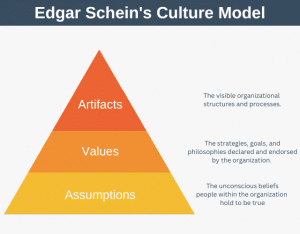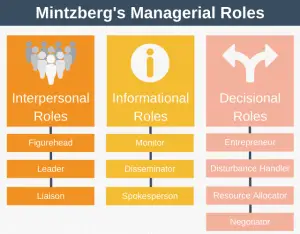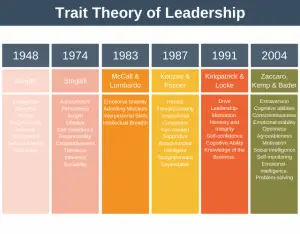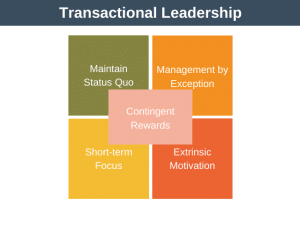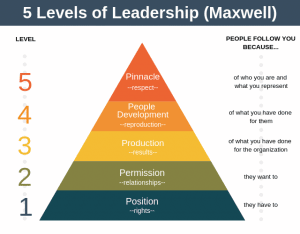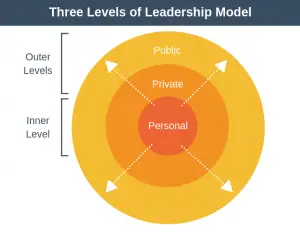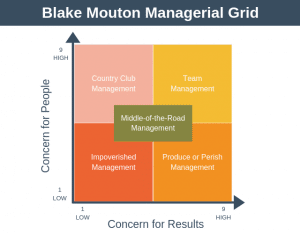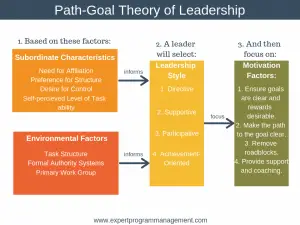We all have areas we like to work on more than others, we intrinsically prefer to think and work in particular spheres. For example, one person may prefer working in political spheres to working on technical problems or people problems. Here is a good technique to assess quantitatively the areas where you intrinsically prefer to work. It’s from the excellent book, The First 90 Days, by Michael Watkins.
There are two tables you need to fill in to complete the assessment. The first table you need to complete is below. This table simply records your preference for solving different types of business problems. You fill in each box by entering your intrinsic interest in solving problems in that area, ranging from 1 for not very interested at all, to 10 for extremely interested in that area. Remember to enter how naturally interested you are, not just your background or experience in a particular area.
| Design of appraisal and reward system | Employee morale | Equity/Fairness |
| Management of Financial Risk | Budgeting | Cost-consciousness |
| Product Positioning | Relationships with customers | Organizational customer focus |
| Product or service quality | Relationships with distributors and suppliers | Continuous improvement |
| Project Management Systems | Relationships among R&D, marketing, and operations | Cross-functional cooperation |
Now copy your findings to the corresponding position in the table below:
| Technical | Political | Cultural | Total | |
| Human Resources | ||||
| Finance | ||||
| Marketing | ||||
| Operations | ||||
| R&D | ||||
| Total |
There are two things this table shows:
- Row scores: show your intrinsic interest in particular functional areas.
- Column scores: show your preference between technical problems, political problems, and cultural problems.
Functional Areas
The row scores show how much you intrinsically enjoy solving problems in particular functional areas. If you have a low score in one row relative to the other rows, this means you don’t like thinking within the problem space of that particular functional area. This could be a potential weakness for you. When I did this exercise I found that I didn’t like Human Resources related thinking. This could mean I have a tendency to overlook human issues, for example.
Technical, Political, and Cultural Problems
Technical problems encompass strategies, markets, technologies, and processes. Political problems encompass organizational politics and power. Cultural problems relate to values and guiding assumptions. If one of your scores is significantly lower than the others it means you have a potential weakness or blind spot in that area. My results showed that I have a very strong preference to think in the Technical arena, and am most weak in the Cultural arena. Again, this backs up the finding that I may be weak on human issues within the organization. But now that I understand that I can do something about it, which is the point of this exercise.
Conclusion
When you drive a car you know where your blind spot is and compensate accordingly. Unfortunately it’s not so easy to spot your blindspot in business. If you’re a General Manager, or in any position where a broad knowledge of the business is needed, the above exercise can help identify your potential blind spots and weak areas – the rest us up to you. If you have line management responsibility use can also use this technique to devise training plans for your immediate reports.

